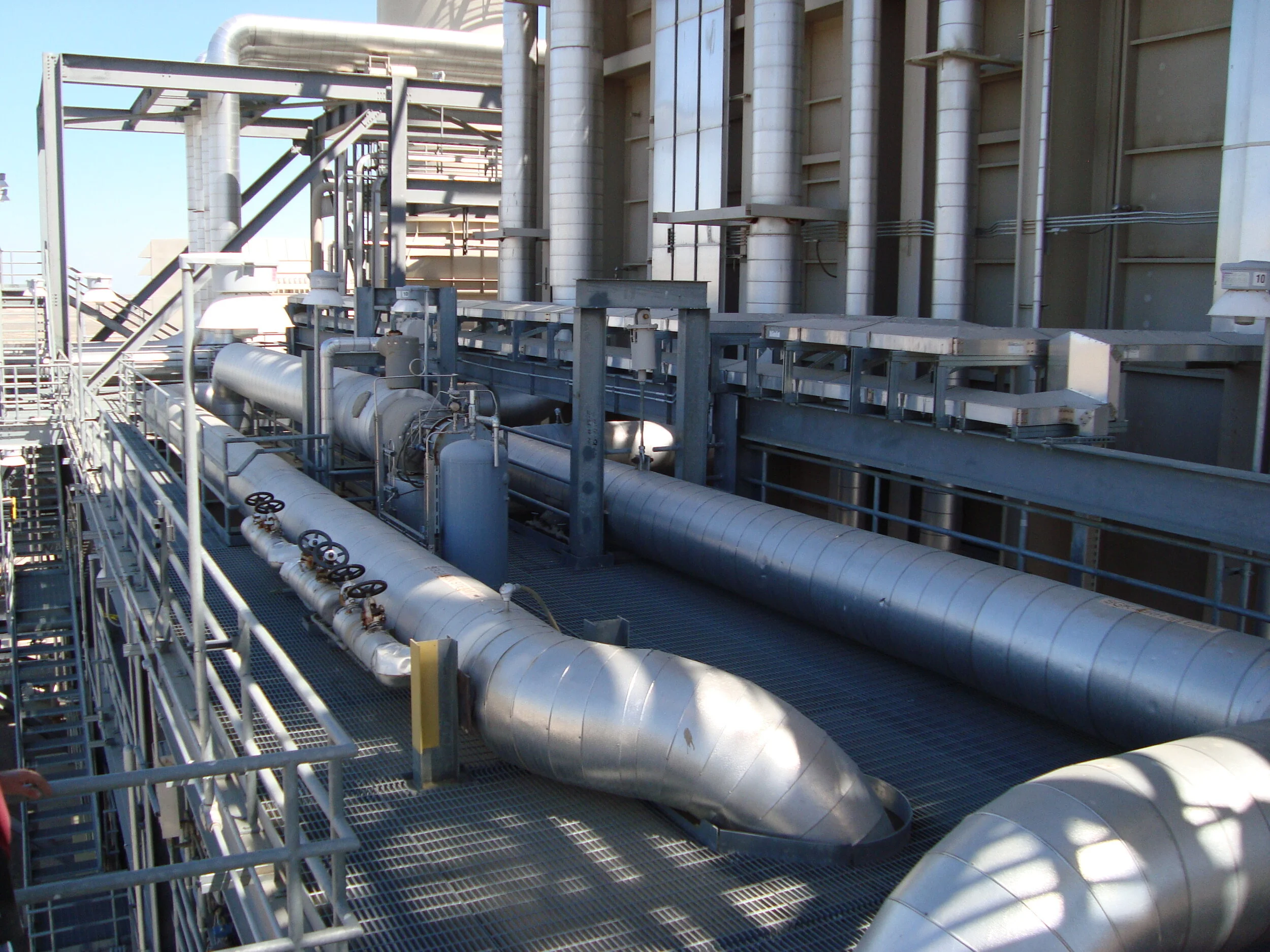High Energy Piping Management
High temperature and high pressure steam piping system failure can result in fatalities, injuries, and significant property damage. Niantic Bay Engineering, LLC has assisted utilities in the development of High Energy Piping Programs to address their critical systems including the Main Steam, Hot Reheat and Cold Reheat Piping Systems in conventional boilers and High Pressure Steam, Hot Reheat, Low Pressure Steam, and Cold Reheat Piping Systems present in combined cycle power plants. These programs encompass materials ranging from carbon steels to advanced creep strength enhanced ferritic steels such as Grade 91.
Risk analysis
Risk is a dimensionless number equal to the probability of an event multiplied by the consequence of that event. Risk is commonly used in the financial community as a decision-making tool, and can be effectively applied for asset management within a power plant or other industrial site.
Niantic Bay Engineering, LLC uses risk-analysis methods for developing high-energy piping assessment programs that meet the requirements of ASME B31.1 Covered Piping Systems. We also use the same approach for boiler assessment and pressure vessel evaluation projects to identify the scope of examinations, type of examination methods to employ, and the timing of such activities.
Risk-based management programs
These programs are compliant with the requirements of ASME B31.1, and use risk-based management methods in accordance with ASME PCC-3 using plant-specific stress analyses and system walkdowns to identify the likelihood and the consequence of failure associated with each weld. The end result is a weld management system that can create outage workscope recommendations based on various factors including the variability of operational experiences (such as temperature excursions or failures), differences in material condition, and prior nondestructive examination results.
Pipe examination support
Specific examination protocols are created for each weld in the critical piping systems. The examinations vary depending on the weld type, pipe material, and other factors.





